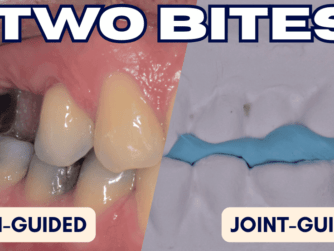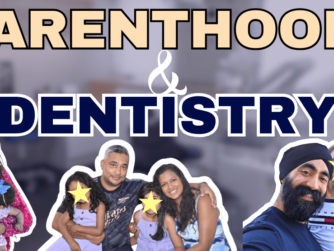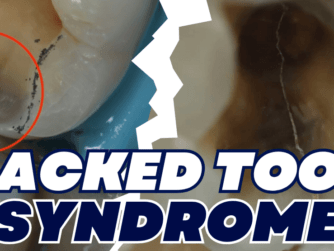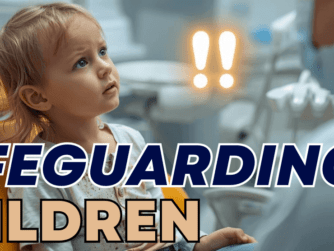Podcast: Play in new window | Download (Duration: 39:35 — 57.3MB)
Subscribe: RSS
“It didn’t hurt before YOU drilled it!” – sound familiar?
Of course it does! It’s such a real world WEEKLY dilemma for Dentists all over the world.
That heavily decayed and/or cracked molar was destined to start hurting the moment you touched it.
How should you handle these scenarios? How can you prevent them in the first place? What if you’re patient is upset?
To tackle this scenario I’m joined by Dr. John Swarbrigg and Dr. Neel Jaiswal – two of the nicest guys in dentistry!
How do we dodge the pitfalls before they even appear? The secret sauce lies in a personal and detailed consent process. Informed consent allows you to set expectations, which saves time, money, and ensures smiles all round. And hey, we also talk about mitigating situations when things go a bit wonky – because let’s face it, we’re all human!
If you’re in need of a new indemnity quote, use the link www.protrusive.co.uk/insurance to get £100 off with PDI (and see how much you save by moving away from traditional and out-dated indemnity agreements).
Need to Read it? Check out the Full Episode Transcript below!
Highlights of the episode:
00:00 Intro
01:32 The Protrusive Dental Pearl
02:45 Dr. Jonathan Swarbrigg
05:50 Dr. Neel Jaiswal
07:17 Scenario: Painful Pulpitis after Treatment
08:31 ‘The 4 Rs’
13:13 Save on Dental Indemnity
14:23 Getting to know your patient
16:36 Consent process
21:15 Issues and complaints
25:59 Who foots the bill?
31:38 Final remarks
38:16 Outro
If you liked this episode, you will also like GF019 – Indemnity vs Insurance
Did you know? You can get CPD from the Web App or Phone App and watch premium clinical videos, for less than a tax deductible Nando’s per month?







